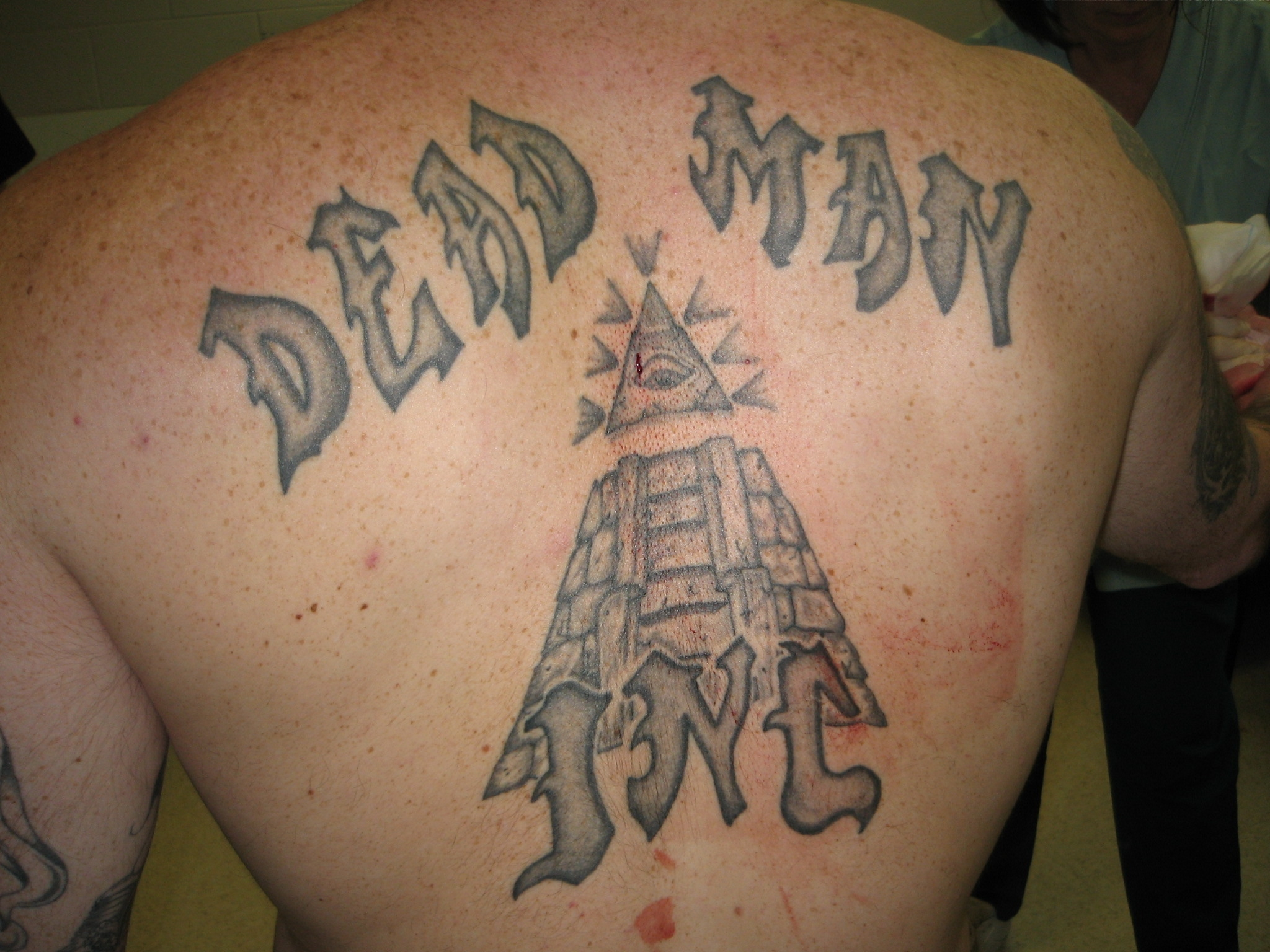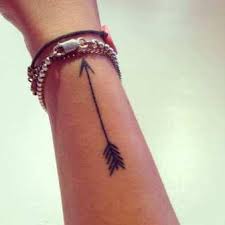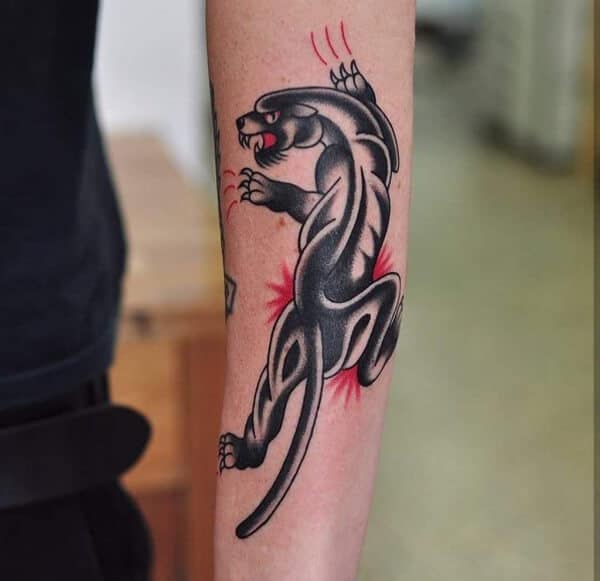
Officers can glean much information from jail Tattoos about those they see, such as religious and gang affiliation. Tattoos can help inmates remember those they can’t be there for, such as funerals or birthdays; getting one while behind bars may not be straightforward. Professional tattoo guns aren’t typically allowed behind bars, so inmates must create their own. Using ink from ballpoint pens or cigarette ash as the raw material for Tattoos is usually the solution.
Teardrop
A teardrop tattoo is a common jailhouse symbol that indicates membership in criminal gangs or even serious crimes such as murder. The size of the teardrop may also signify how many murders a person committed or their time served in prison. Tattoos may also express a person’s remorse for committing the offense and show solidarity for a loved one in prison – such as Amy Winehouse getting a teardrop tattoo for her then-boyfriend.
Teardrop Tattoos often have different interpretations depending on their composition; an outline represents mourning and grief, while solid tattoos with brighter colors signify that someone has taken revenge on another person’s death. Black or traditional old-school blue are generally chosen for somber sentiments but may be done in brighter hues to cover up an offense committed.
Crown
The crown tattoo is an emblematic prison symbol representing allegiance to the Latin Kings gang, renowned for their involvement with drug and human trafficking activities inside and outside prison walls. A crown tattoo often includes five points, which represent rank or allegiance. These may also include letters that spell “Almighty Latin Kings Nation.”
Tattoos that combine crowns and other symbols may also be found. For instance, crown tattoos often feature references to Aryan Brotherhood (neo-Nazi group), such as 666, or playing card values like Ace and Two to show affiliation and identity with racist gangs in prisons. This practice is an increasingly popular way for white inmates to demonstrate collaboration with these organizations while leading them to whom they belong.
Prison Tattoos often depict “my crazy life” with three-dot designs, representing their “mi vida loca” lifestyle. These tattoos can often be created using the stick-and-poke method, which requires essential tools.
Three Dots
The three-dot tattoo is a popular jailhouse tattoo associated with gang culture. Generally seen on hands and fingers, its presence signals that its owner lives a life on the edge and is ready to fight for their beliefs; additionally, it may indicate their gang membership.
People with three-dot tattoos will usually proudly show them off. They can easily be recognized by fellow prisoners and gang members, distinguishing themselves as hardened criminals living on the edge. Additional tattoos often represent their gang and beliefs – such as the swastika (an Indian representation of the Christian Holy Trinity) or even moon or star designs, depending on their belief system. An ellipsis, used to indicate incomplete thought processes, is another popular gang tattoo alongside three dots.
ACAB
The ACAB prison tattoo, short for “All Cops Are Bastards,” is an anti-police catchphrase popular with criminal gangs. Criminals who display this mark may dislike law enforcement officers or simply wish to show solidarity with fellow criminals who share similar sentiments regarding them.
Three dots arranged in a triangle represent the gang-affiliated lifestyle commonly referred to as “Mi Vida Loca.” An unfilled teardrop signifies mourning for loved ones lost, while opaque droplets symbolize revenge.
Tattoos associated with the Mara Salvatrucha gang, known for its violent acts and merciless reprisal, include a spider web, which signifies how long and hard someone spent in prison. Longer and more giant webs indicate longer stays behind bars. The number 1488 (often written as “Heil Hitler” or “Heil Harnon”) is linked with Nazis and white supremacists.

